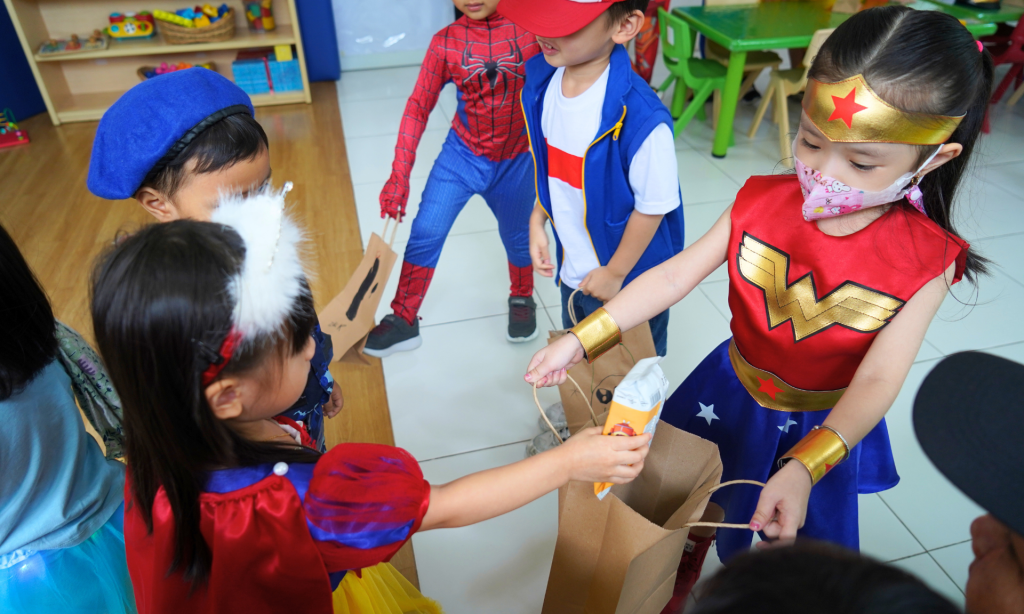Thanksgiving looks a little different through a child’s eyes. While adults might think of feasts, pumpkin pies, and family gatherings, young children see it as a time full of color, stories, and togetherness. At this age, “gratitude” isn’t something they can define, but it’s something they can feel.
Children are still learning what it means to appreciate others. When they say “thank you,” it’s often because they’ve been reminded to—but with practice, those words slowly turn into feelings of genuine care and connection.
Gratitude Every Day
Gratitude doesn’t bloom in one special holiday, it grows little by little in daily routines.
Every “good morning” greeting, every turn-taking moment, every shared snack or gentle reminder, these are lessons in caring and kindness.
When children participate in small, predictable acts of cooperation, like helping a friend zip a backpack or waiting their turn during play, they’re building the foundation of empathy. These everyday experiences quietly shape how they see others and how they value relationships
How Kids Learn to Share (Even When It’s Hard!)
Let’s be honest, sharing doesn’t always come naturally to toddlers. “Mine!” is often their favorite word. But that’s part of growing up. The goal isn’t to force sharing, but to model it.
Adults model empathy, using phrases like, “Let’s wait for your turn. Your friend is still playing right now.” This helps children understand fairness and boundaries rather than simply giving things up because you said so.
When a child waits patiently or offers a toy to a friend, we celebrate those small victories, “You waited your turn! That’s so kind!”

Activities that Spark Thankfulness
Children learn best through play and meaningful moments. Here are a few ways to turn Thanksgiving themes into joyful, teachable activities:
- Make “Thankful Turkeys”: Let kids decorate paper turkeys using family photos or drawings of people and things they love. Each feather represents something they’re thankful for.
- Storytime Favorites: Bear Says Thanks by Karma Wilson and The Thankful Book by Todd Parr beautifully show gratitude in ways little ones can relate to.
- Gratitude Circles: Have children take turns sharing one thing that made them smile today, no matter how small (“I’m thankful for my cat” or “Mom made pancakes”).
- Helping Hands Project: Collect gently used toys, books, or clothes to donate together. Children learn that helping others feels good, not because they have to but because they want to.
Gratitude in Everyday Moments
You don’t need a special day to celebrate gratitude. It can be as simple as:
- Saying “thank you” to a friend for helping with a toy.
- Taking care of plants or feeding a pet.
- Write handmade “thank-you” cards to family members.
It’s these small, heartfelt acts that make gratitude real, and remind children that kindness can live in the most ordinary moments.
Final Note: Gratitude Is a Practice, Not a Holiday
Gratitude, when nurtured early, grows into a lifelong habit. Through caring interactions, mindful moments, and playful routines, children learn that being thankful isn’t just for one special day, it’s a way of life.
And as parents and educators, we don’t need to do it perfectly. The simple act of noticing and appreciating. The hug, the giggle, the helping hand is enough.
Because little hands, guided with love, grow the biggest, most thankful hearts.
Recommended Reading for Parents:
written by Shandy Lwieka,
Tutor Time Indonesia





